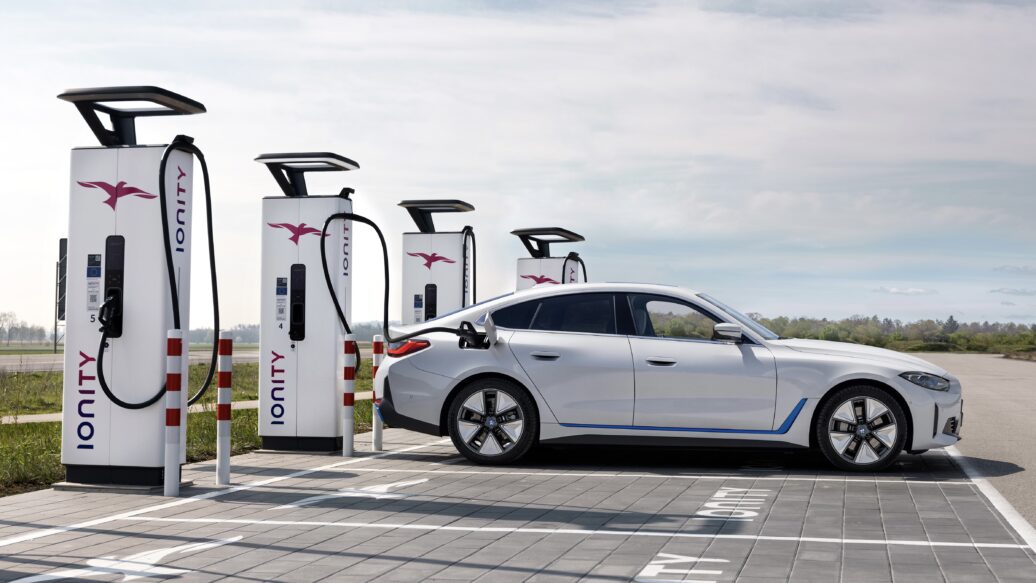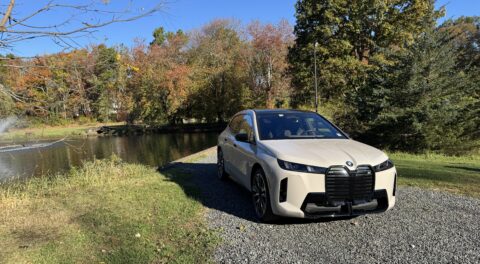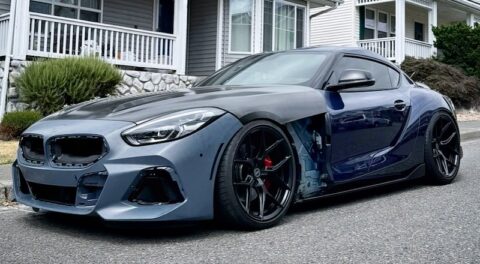For BMW buyers, there are plenty of electric-vehicle (EV) options. From plug-in-hybrid electric vehicles (PHEVs) to full-on EV technology, there is something for any discriminating customer. However, being an EV owner isn’t all jellybeans and cupcakes. Beyond the core concerns of charging infrastructure and range anxiety, there are genuine downsides to owning an electric-powered car.
A charging unit installed in your home will alleviate most concerns with the lack of commercial options, since most of us can live off a daily charge. Choose a hybrid or a PHEV, and you won’t have to face the same level of distress. But once we get past how and where your vehicle’s power is replenished, there are still other hurdles to consider.
Initial price might be the most obvious, given the current economic environment. While the actual cost to build an EV is somewhat higher than a comparable internal-combustion-engine-powered vehicle—or ICE—the cost of creating a new technology is typically spread over many years of production, and shouldn’t directly affect the consumer.
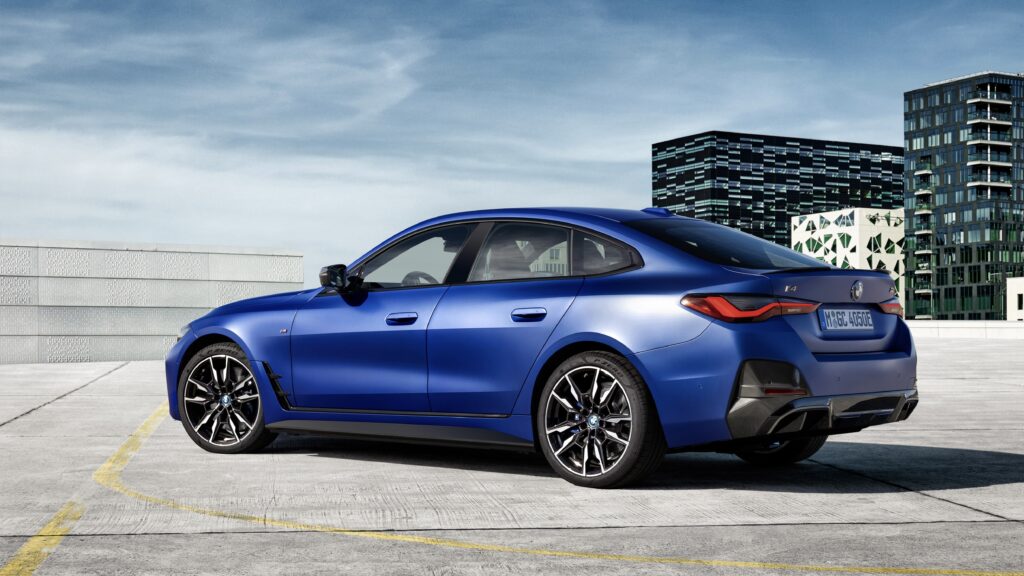
The all-electric i4 M50. [Photo courtesy BMW.]
Due to the market for EV and hybrid vehicles being hotter than habanero peppers, manufacturers can more easily recover the cost to build them. Whether or not you believe they are holding the buying public hostage due to the extraordinary demand for this technology in the first place, it may be a long time before you can find a bargain-basement BMW i4 or the somewhat less committed 330e PHEV.
It is not unusual during the introduction of any new car line for initial stock to arrive loaded with every bell and whistle., so electric vehicles are coming off the assembly line chockful of whiz-bang options, and they are being gobbled up by willing automotive consumers. Supply, meet Demand.
If you decide to purchase an electric vehicle anyway, the debate continues over whether or not they are really all that green in the first place. Cynics point to a reallocation of fossil fuel; the energy used to charge an EV is theoretically transferred from your old gas tank to the regional power grid (which largely runs on oil).
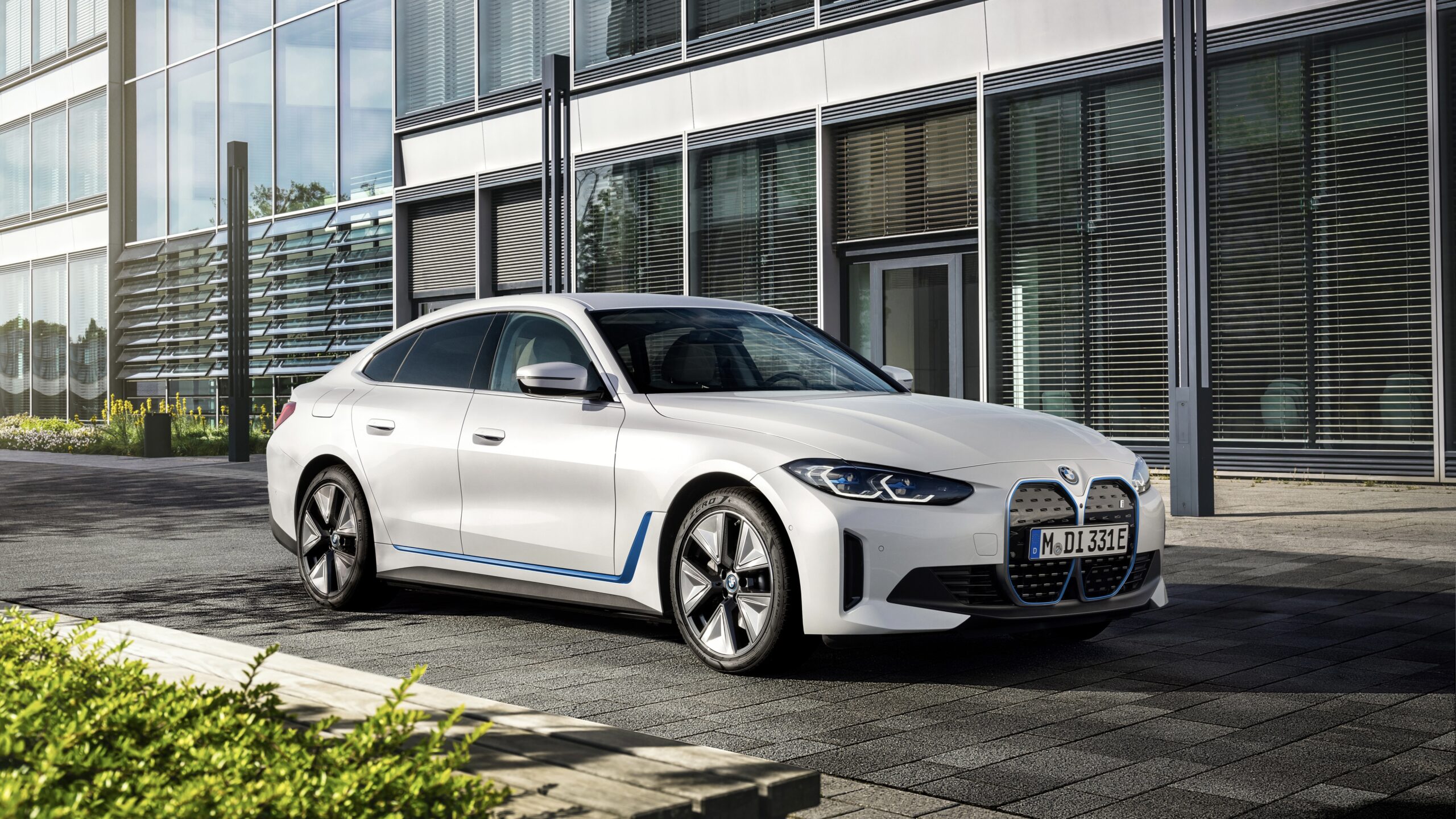
A non-M variant of the i4. [Photo courtesy of BMW.]
And as much as we’d like to imagine otherwise, electric vehicles are not carbon-neutral anyway—they are only as green as their power source, and the environment truly benefits only when we use renewable resources such as solar. But widespread consumer adoption of renewable energy is presently uncommon, and public supply is equally rare.
Then there are battery concerns—disposal, for one thing. And the problem that an ignited EV is practically impossible to extinguish. Lithium batteries are expensive, and increasingly scarce. They are also temperature-sensitive; when the thermostat drops, so does your range. You will have to decide whether these shortcomings are real or merely a distraction from your purchase.
Another dissuasive issue is inconvenience. EVs are a pain to recharge—on the road or otherwise. Unlike a conventional ICE-powered car, adequate time must be planned to replenish your EV tank; it’s well more than the ten minutes it takes for a traditional fill-up. And if you forget to plug it in overnight, you’ll greet the morning with a depleted charge.
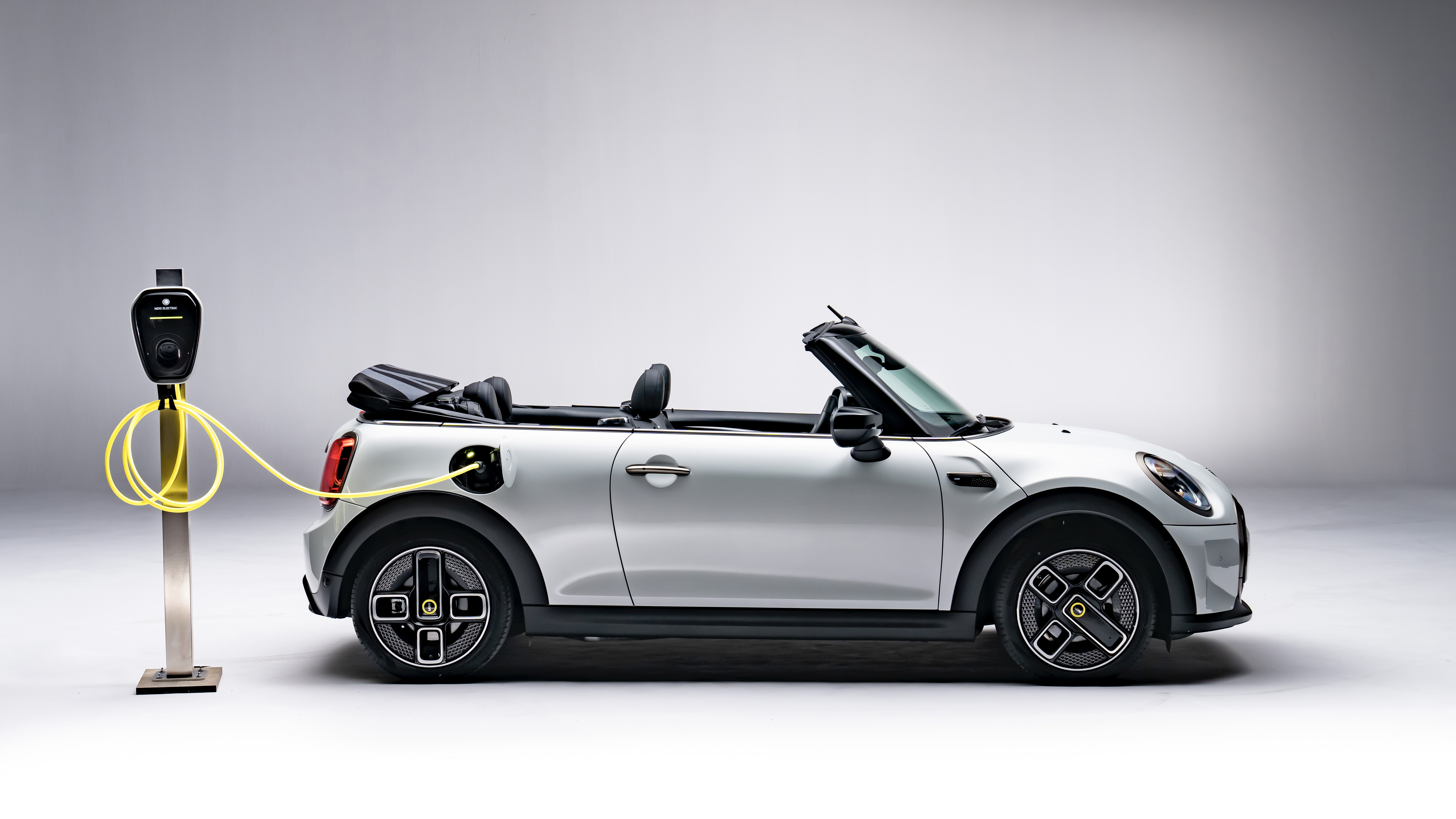
The electric Mini Cooper convertible. [Photo courtesy BMW.]
There are also incompatibilities with EV chargers. The two most significant inconsistencies are with Tesla and a handful of other manufacturers who don’t use the standard U.S. connector. You’ll have to find your best alternative for refilling, as well as the mobile applications that allow you to use them. Gas stations, on the other hand, are universal with delivery and payment.
There are other obscure challenges in owning an electric car. Towing an EV can have catastrophic consequences. And while EV performance is typically remarkable (or at least very snappy), drivers can become disengaged from the experience due to common EV add-ons like semi-autonomous driving—a topic that deserves its own debate.
While electric vehicles are supposed to be cheaper to own, not every town will have a service station that can work on your EV should it need repair or maintenance. Batteries also degrade over time, and their replacement may occur sooner than a well-cared for ICE and its accompanying transmission.
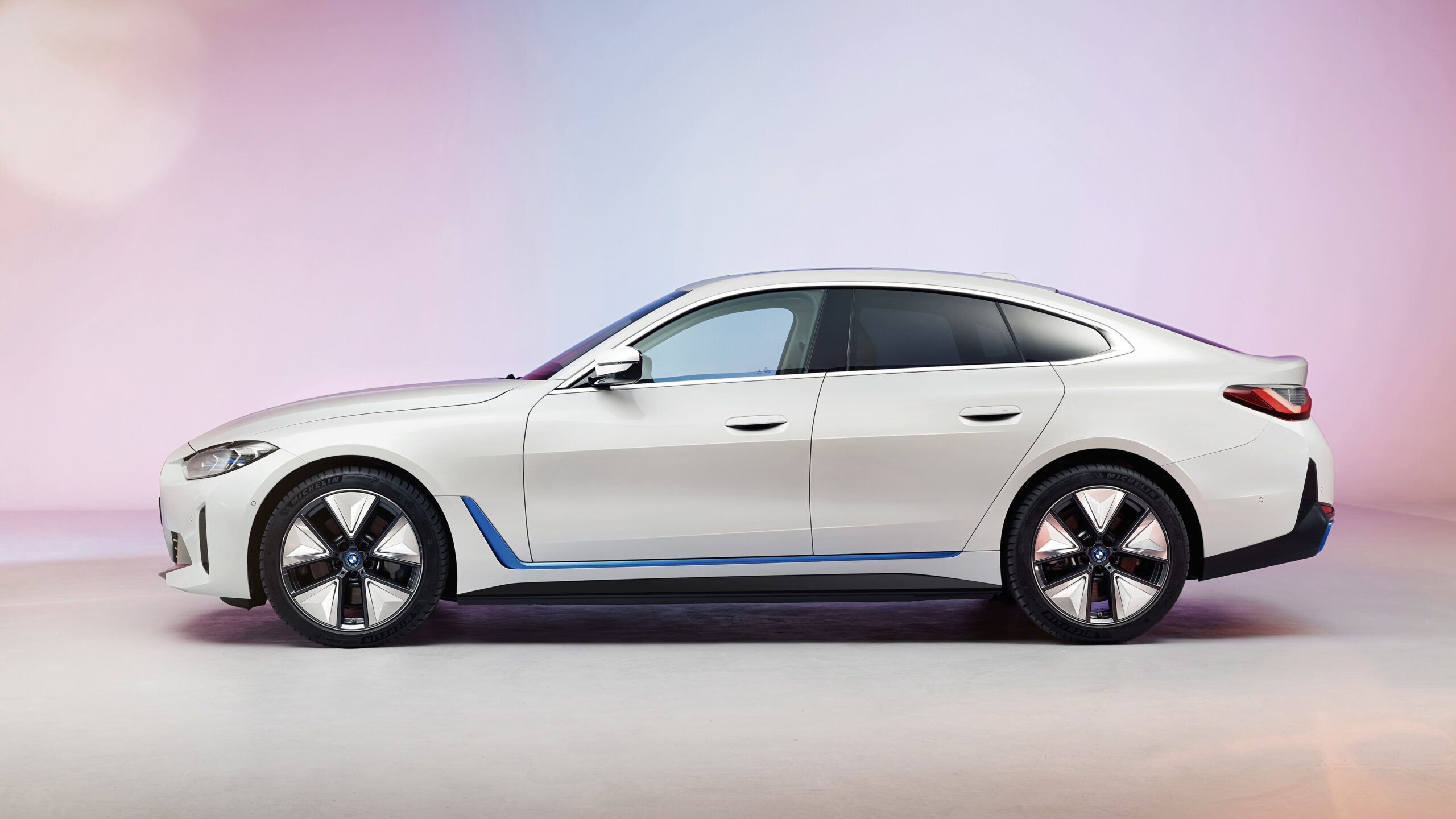
A lovely profile. [Photo courtesy BMW.]
Electric vehicles are also impractical in the areas where they are most needed: the city. Most urban dwellers will find it difficult to find charging stations—the demand for places to plug in far outweighs the supply. Many homes in dense populations won’t have the facilities needed to support charging on the street or in a parking garage.
Maybe the most significant consequence to the future of an EV community is whether or not the electric grid can even handle these cars on a global scale. The worldwide environmental effects of weather and swings in temperature have caused blackouts and brownouts that are more and more commonplace—and not just in urban areas.

[Photo courtesy BMW.]
Many of these deterrents to EV ownership will ease over time, because solutions are often developed in reaction to a growing demand. Electric-vehicle alternatives are coming to market quickly—whether we are prepared for them or not.
I go back and forth between purchasing a dedicated electric vehicle and a plug-in hybrid. To me, these questions are much bigger steps than supporters might lead me to believe. Like most advancements in automotive technology, we will figure it out along the way, which is not terribly comforting. For now I’m edging toward a plug-in hybrid on my side of the garage (when the time comes), because it offers the best of both worlds.
My wife is currently leasing a BMW 330e PHEV, which offers about twenty miles of pure-electric power per charge. This works out well for local errand-running, but I hear rumors that future PHEV models might provide up to about 35 miles on a charge—enough to cover a round-trip commute. Perhaps this might provide an interesting replacement for my M440i when the time comes.
For some reason, all of these complications don’t seem to be much of a concern to the buying public, and drivers are looking at EV options in record numbers. Maybe they are resolved to be ahead of the curve—perhaps they want to own a piece of the future. Whatever it is, 70% of new cars are expected to be electric by 2050.
Like me, you’ve seen the ads and read the articles. It all makes sense on the surface, but I’ve been burned before in jumping on the first product or idea that comes to the market. While I certainly don’t think electrified vehicles are a passing fad, I am intrigued, but I remain hesitant. How about you?—David Newton

